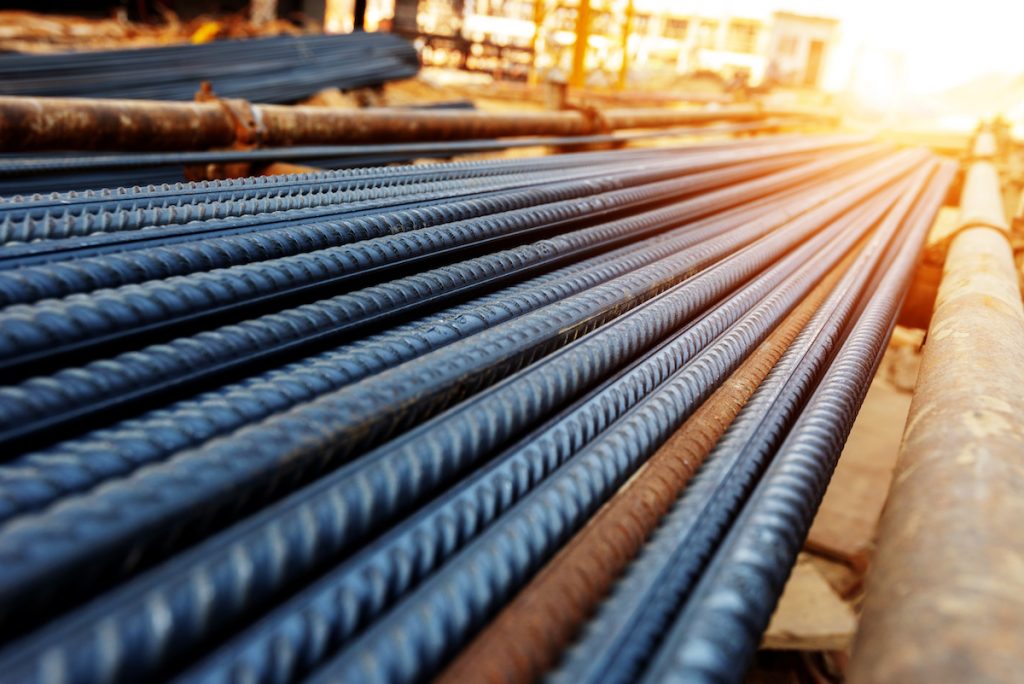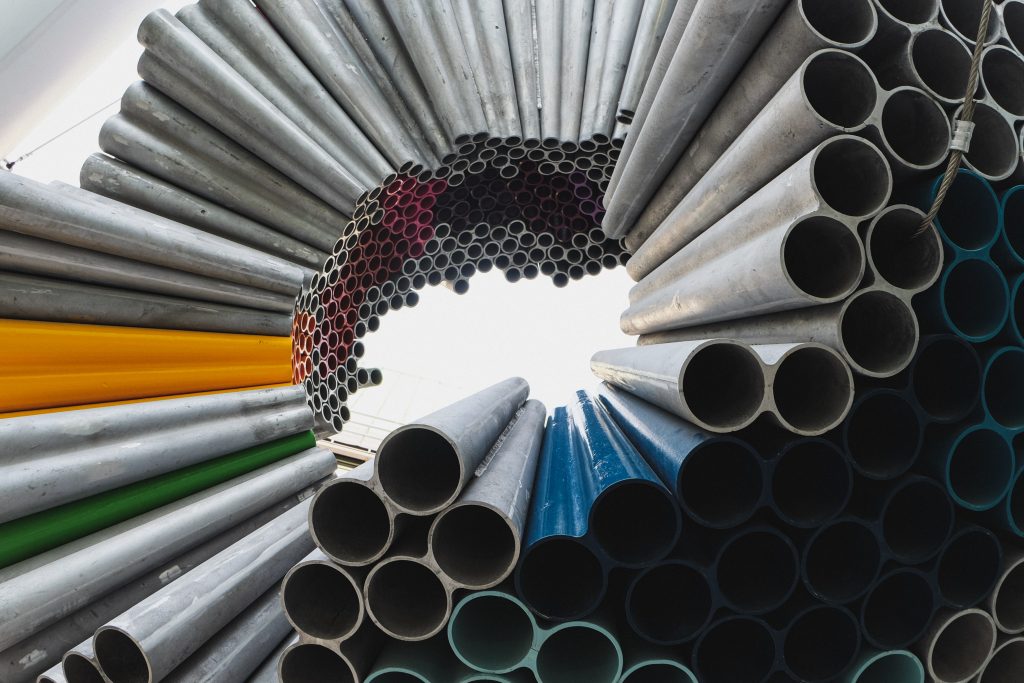Views: 0 Author: Rachel Wynn Publish Time: 2025-04-25 Origin: Site











Steel is not a compound; it is an alloy, which is a mixture of metals, primarily iron and carbon, along with other elements like manganese, chromium, and nickel. Unlike a compound, where elements chemically bond in fixed proportions, the elements in steel retain their individual properties and are mixed together without forming distinct chemical bonds. This allows steel to maintain its versatility and be customized for different applications by altering its composition, making it an alloy rather than a compound.
Steel is a metal alloy, not a compound. An alloy is a mixture of two or more elements, usually combining a metal with other elements to enhance its properties. Steel is primarily made from iron (Fe) and a small amount of carbon (C), but additional elements such as manganese, chromium, nickel, and vanadium can also be added to produce different types of steel with unique characteristics.
While steel does contain multiple elements, it is not a compound in the strictest sense. A compound, in scientific terms, refers to a substance made of two or more elements chemically bonded together in a fixed ratio. Steel, however, is a physical mixture, where the elements maintain their individual properties and do not form a fixed chemical bond, which is why it is considered an alloy rather than a compound.
Steel’s composition varies depending on the specific grade and type of steel. The primary ingredients include:
Iron (Fe): The base metal in steel, making up the majority of the alloy. Iron gives steel its strength and durability.
Carbon (C): The most important alloying element. Carbon increases the hardness and tensile strength of steel. The higher the carbon content, the harder and stronger the steel.
Manganese (Mn): Added to improve the hardness, toughness, and resistance to wear.
Chromium (Cr): In stainless steel, chromium is added to enhance corrosion resistance and produce a shiny finish.
Nickel (Ni): Adds strength and resistance to corrosion, especially in stainless steel alloys.
Vanadium (V): Improves strength and heat resistance.
These elements are mixed together, but they do not form a fixed compound like water (H₂O) or salt (NaCl). Instead, they create an alloy where the different metals retain their individual properties within the mixture, allowing steel to maintain its versatile characteristics, such as strength, durability, and flexibility.

Steel is often misunderstood as a compound due to its complex composition. However, it is fundamentally different from a compound in several ways:
No Fixed Chemical Ratio: Unlike compounds, the ratio of elements in steel can vary. For example, the carbon content in steel can range from less than 0.1% to over 2%, depending on the type of steel. Compounds, on the other hand, have a fixed, definite ratio of elements.
Physical Mixture: The elements in steel are not chemically bonded in a fixed ratio. They are simply mixed together, which allows for the flexibility to change the composition of the alloy to suit different applications. In a compound, the elements are chemically bonded to form a new substance with distinct properties.
Retention of Individual Properties: In a compound, the individual elements often lose their properties once they bond, forming a new substance with its own set of characteristics. In steel, the individual elements retain their properties to a certain extent, which is why the alloy is so versatile and can be tailored for various uses.
Steel’s composition can be adjusted by altering the amounts of carbon and other elements, creating different types of steel, each with unique characteristics. Here are some common types:
Carbon Steel: Contains varying amounts of carbon (from 0.1% to 2%) and is used in construction, tools, and machinery. It is known for its strength but can be prone to corrosion without proper treatment.
Stainless Steel: Contains at least 10.5% chromium, which gives it exceptional corrosion resistance. It is used in a wide range of applications, from kitchen utensils to medical instruments.
Alloy Steel: Contains additional alloying elements like manganese, nickel, or chromium to improve its strength, hardness, and resistance to wear. It is commonly used in automotive and aerospace applications.
Tool Steel: A high-carbon steel designed for making tools, offering excellent hardness and resistance to abrasion.
High-Speed Steel: Designed for cutting tools, high-speed steel can withstand high temperatures and is used in machining applications.
Understanding that steel is an alloy and not a compound is important for several reasons, especially in industries such as construction, manufacturing, and materials engineering. The ability to tailor steel’s composition allows engineers and manufacturers to produce a wide variety of steel grades with specific properties suited for different tasks.
Whether you are designing a building, creating industrial machinery, or manufacturing consumer goods, knowing the different types of steel and their properties will ensure you select the right material for the job. Moreover, understanding the difference between an alloy and a compound helps clarify many of the chemical and physical properties of steel.

Steel is an essential material in modern industry, and while it might seem like a compound, it is actually a versatile alloy made up of iron and other elements. The key difference lies in the fact that these elements do not bond chemically in a fixed ratio, allowing for a wide range of steel types with varying properties. Whether it’s carbon steel, stainless steel, or tool steel, each type of steel offers unique advantages depending on the application.Understanding the composition and properties of steel is crucial for selecting the right material for your project. Next time you work with steel, you’ll have a deeper understanding of its structure and the flexibility it provides in various industrial applications. Contact us
Steel is an alloy, meaning it is a mixture of metals, primarily iron and carbon, and other elements, but these elements do not chemically bond in a fixed ratio as they would in a compound.
Yes, the composition of steel can be altered by adjusting the amounts of carbon and other elements like chromium, nickel, and manganese. This allows for a wide range of steel types, each with unique properties suited for specific applications.
Steel’s strength, durability, corrosion resistance, and versatility make it an essential material in industries ranging from construction and automotive to aerospace and consumer products.
Carbon steel primarily contains iron and carbon, while stainless steel contains at least 10.5% chromium, which provides corrosion resistance and makes it ideal for applications in environments exposed to moisture or chemicals.






